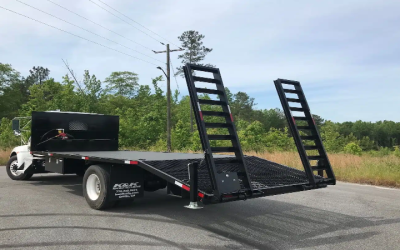Selecting the appropriate Thermocouple Controller is crucial for maintaining precise temperature measurements and control in laboratory settings. These devices play a pivotal role in various experimental and production processes, where accurate temperature regulation is essential for successful outcomes. This article explores key considerations and offers practical advice to help you choose the best thermocouple controller for your laboratory needs.
Understanding Thermocouple Controllers
A thermocouple controller is a type of temperature controller that uses thermocouples as sensors to detect and regulate heat. Thermocouples are made from two different metals joined at one end, which produce a small voltage when heated. The controller interprets this voltage to measure temperature and can adjust heating elements accordingly to maintain the desired temperature setting.
Key Factors to Consider
When selecting a thermocouple controller for your lab, consider the following factors:
• Type of Thermocouple: Different types of thermocouples (such as Type K, J, T, and E) are suitable for various temperature ranges and environments. Ensure that the controller is compatible with the thermocouple type used in your applications.
• Temperature Range and Accuracy: Check the temperature range that the controller can handle, and ensure it aligns with your laboratory’s requirements. Accuracy is also critical, as even small deviations can lead to significant errors in sensitive experiments.
• Control Functions: Modern thermocouple controllers offer various control functions such as ON/OFF, PID (Proportional-Integral-Derivative), and fuzzy logic controls. PID controllers are particularly effective for systems requiring precise temperature adjustments.
• Output and Alarms: Consider the output requirements—such as relay, SSR (Solid State Relay), or analog—and whether the controller includes alarm functions to alert you if the temperature deviates from set parameters.
• Ease of Use and Connectivity: User-friendly interfaces, digital displays, and connectivity options such as USB, Ethernet, or wireless are important for integrating the controller into your lab’s existing systems.
• Build Quality and Reliability: Opt for controllers known for durability and reliability, especially if they will be used in demanding conditions.
Practical Tips for Selection
Here are some actionable tips to help you choose the right thermocouple controller:
• Assess Your Specific Needs: Before shopping, clearly define what you need in a thermocouple controller. Consider the specific types of experiments or processes in your lab that require temperature control.
• Consult with Experts: If unsure, consult with other laboratory professionals or technical experts to understand the nuances of different controllers.
• Read Reviews and Technical Specifications: Look at reviews and detailed technical specifications to gauge performance and suitability.
• Consider Future Needs: Think about not only your current requirements but also potential future experiments that may require more advanced features.
Conclusion
Choosing the right thermocouple controller is a critical decision for any laboratory. By considering the type of thermocouple, required temperature range and accuracy, control functions, output options, and ease of use, you can select a controller that meets your specific needs and enhances the efficiency of your lab operations. Remember, a well-chosen thermocouple controller can significantly contribute to the precision and repeatability of your experimental results.


